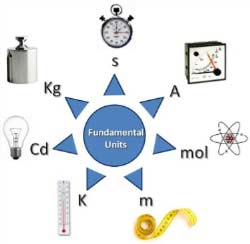61. The resistance of pure metals ___________
A. Increases with an increase in temperature
B. Decreases with an increase in temperature
C. Remains the same with an increase in temperature
D. Becomes zero with an increase in temperature
62. The resistance of insulators __________
A. Increases with an increase in temperature
B. Decreases with an increase in temperature
C. Remains the same with an increase in temperature
D. Becomes zero with an increase in temperature
63. Which of the following statements are true about metals?
A. Metals have a positive temperature coefficient
B. Metals have a negative temperature coefficient
C. Metals have zero temperature coefficient
D. Metals have an infinite temperature coefficient
64. Which of the following statements are true about insulators?
A. Insulators have a positive temperature coefficient
B. Insulators have a negative temperature coefficient
C. Insulators have zero temperature coefficient
D. Insulators have an infinite temperature coefficient
65. What is the unit of temperature coefficient?
A. ohm/centigrade
B. ohm − centigrade
C. centigrade− 1
D. centigrade
66. A copper coil has a resistance of 200 ohms when its mean temperature is 0 degrees centigrade. Calculate the resistance of the coil when its mean temperature is 80 degrees centigrade. The temperature coefficient of copper is 0.004041 centigrade-1
A. 264.65 ohm
B. 264.65 kilo − ohm
C. 286.65 ohm
D. 286.65 kilo − ohm
67. The temperature of a coil cannot be measured by which of the following methods?
A. Thermometer
B. Increase in resistance of the coil
C. Thermo − junctions embedded in the coil
D. Calorimeter
68. The rise or fall in resistance with the rise in temperature depends on ________
A. The property of the conductor material
B. The current in the metal
C. Property of material as well current in that material
D. Does not depend on any factor
69. If the temperature is increased in semi-conductors such that the resistance incessantly falls, it is termed as _______
A. Avalanche breakdown
B. Zener breakdown
C. Thermal runway
D. Avalanche runway
Answer c
When the temperature keeps increasing, the resistance keeps falling continuously, and hence the current increases. This causes the heat in the semi-conductor to rise. This causes the temperature to increase further and the resistance to further decrease. This process continues until there is sufficient heat to destroy the structure of the semi-conductor completely. This is known as a thermal runaway. [/bg_collapse]
70. Materials having resistance almost equal to zero is _______
A. Semi-conductor
B. Conductor
C. Superconductors
D. Insulators




